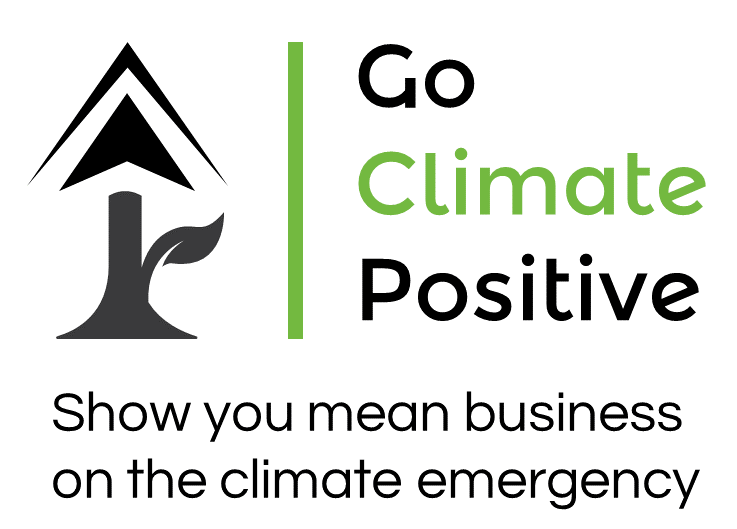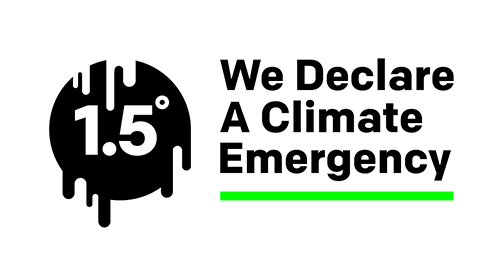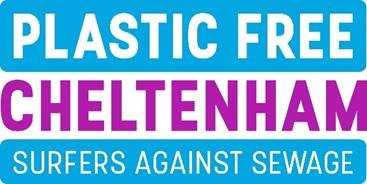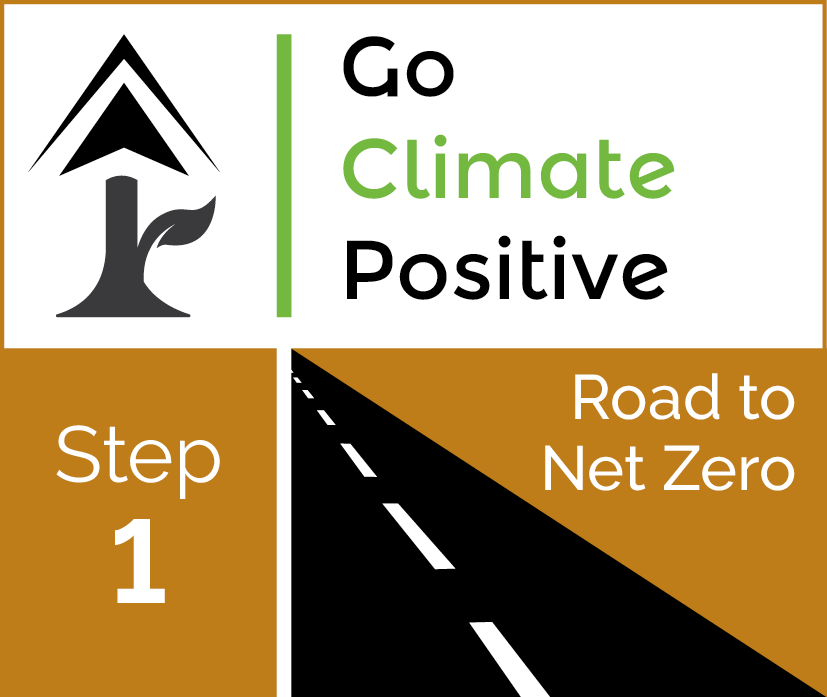Send a message 0333 344 5890 |
- Home
- Knowledge
- Learning Hub
- How can I avoid greenwashing my carbon footprint?
How can I avoid greenwashing my carbon footprint?
|
Do your green claims comply with government regulation?In recent weeks, the government has introduced a whole range of new eco-friendly policies - probably in preparation for the upcoming COP26 - and not all of them have made the news. You might have read a lot about heat pump grants and net-zero initiatives, but what about the Green Claims Code? This new policy is aimed at sustainable businesses or companies making efforts towards sustainability. The things you do to help the planet are definitely worth shouting about, but you need to make sure you're not guilty of any false claims or greenwashing (it's easier to do than you might think!). This is where the Green Claims Code comes in, and we've got everything you need to know about it right here. |
What is the Green Claims Code?
If you're a green business, you want to let the world know about it. 78% of consumers are more likely to buy a product that's labelled as environmentally friendly, and the demand for sustainability is undeniably on the rise. So, if you're doing something to help our planet, it's good marketing to let the world know about it!
But as demand for green increases, so do false and misleading claims.
This isn't always done purposefully. Sometimes a business really is doing their best to be eco-friendly, but the way they let their audience know makes the picture look a little better than it is. Unless you're a marketing expert, it can be tricky to get the message across in a way that's entirely truthful yet still appealing to your audience.
But the government needs to regulate the claims of businesses to avoid consumers being misled, both by brands who are doing it without intending to and those who are. That’s why they’ve come up with the Green Claims Code.
With clear guidance that businesses can check their claims against, it lets you take control of your sustainable messaging in an ethical and consumer-friendly way. You still have full independence to shout about your green deeds, but you now have something to check them against to make sure you never mislead your customers.
What Are False Environmental Claims?
The CMA found that a shocking 40% of green claims could be misleading. But what does that actually mean?
A misleading or false environmental claim makes the customer believe a product is more sustainable than it is. A company could say that their water bottles are "made from recycled plastic" when the actual composition of the bottle contains only 2% recycled materials. The claim isn't entirely wrong, but you can see how it's knowingly misleading and not very ethical.
Of course, the majority of companies won't be doing this purposefully. It's the few that spoil it for the many, and the Green Claims Code provides a great way to stop the problem in its tracks.
You can also use it as a sustainable business to give you the peace of mind that you're not misleading anyone with your claims. Your reputation is at stake here, so it's important you do take this seriously.
Green Claims Code Guidance For Carbon Footprinting
The CMAs Green Claims Code is designed to put businesses in control of their own green messaging, but you might still be wondering what this means for you. How can you use the code specifically for your efforts to reduce your carbon emissions? It’s actually quite simple, and we’ve put together this guide to help you apply the six principles when making your claims:
1. Are your claims truthful?
Before releasing your claims, make sure you fully understand what you’re writing about. If you’re writing about net-zero, are you entirely sure of what it means and how it’s different from carbon neutral? Do your research first to avoid any errors.
It’s also vital you don’t overclaim and instead stick to the facts. A good rule of thumb is to make sure that if you’re questioned on any of your claims, you have clear evidence to back them up. So, if you’re writing that you plan to reduce your carbon footprint in the future, you need to have evidence that you’re actively working towards it.
2. Are your claims clear and without the need for interpretation?
The claims you make have to be clear and in a language that everyone can understand. Imagine that someone who has never encountered your business and knows nothing about you is reading your claims; will they understand them?
For example, it would be no use writing “We’ve reduced our Scope 1 and 2 emissions by 20%” because they won’t have a clue what Scope 1 and 2 are! Instead, you could say, “We’ve reduced carbon emissions from the energy we use in our buildings by 20%”, which everyone can understand.
3. Do your claims purposefully hide or omit information?
If you’ve ever looked into an offer that sounds too good to be true only to find out that it is, you’ll understand this point. It’s easy to make a claim sound ‘greener’ than the reality. For example, many businesses claim to be carbon neutral, but if you read further into it, this only applies to the companies own carbon emissions and not their supply chain. They’ve purposefully hidden that information in their messaging, and the CMA won’t be happy about it!
4. Are you only making fair comparisons?
The products you’re talking about should only ever be compared to other similar products that meet the same needs and are intended for the same purpose. It wouldn’t be fair to say that a pair of socks uses 60% less energy to produce compared to other brands, but you’re comparing it to the production of much larger clothing items.
This applies to your carbon footprint, too. If you’re comparing your overall footprint to another organisation, they have to be offering products or services that are comparable to yours, and the size of the organisation has to be taken into account. You can’t really compare the carbon footprint of a small, local restaurant to a huge chain - that would make for a very uneven playing field.
5. Are your claims backed up with robust evidence?
Have you calculated your carbon footprint and measured the impact of any improvements? If you’re making a claim about your products carbon emissions, have you done a lifecycle analysis for it and has your research been independently verified?
You need evidence that you’re doing what you say, and an independent carbon specialist should always check your calculations and claims. It’s wise to secure independent certification to back up your green messaging, tpp. This is especially important if you’re claiming to be carbon neutral, climate positive, or net-zero. Any carbon offsetting you do should be backed up by independent certification, like The Gold Standard or Verified Carbon Standard.
6. Do your claims consider the entire lifecycle of the product?
If you’re speaking about the carbon footprint of your products, you need to have calculated the entire lifecycle of emissions, from cradle to grave. This includes everything from material acquisition and pre-processing right through to end-of-life processing.
If you’re speaking about your own businesses carbon footprint, you need to follow the same idea. You can’t simply calculate the emissions of your own organisation and be done with it. You have to look at the whole supply chain of your company, including your suppliers, to create a CMA-friendly carbon footprinting claim. If you haven’t done this yet, create a plan to do so as soon as possible.
If you can go through the list and confidently check off each point, your message is good to go. If you can't, you need to rethink what you're saying to ensure you're not making any false or misleading claims.
What Happens If You Don't Comply With the Green Claims Code?
The CMA isn't just releasing this code for fun; from 2022, they're going to start cracking down on misleading and false green claims. A full review will take place, looking at how brands are making claims in-store, online, offline and on product labelling to make sure they're not misleading customers.
Their team will create a plan over the upcoming months to categorise which sectors they're going to prioritise. These are most likely to be areas where there's a lot of consumer concern, including:
- Fashion and textiles
- Transport and travel
- Fast-moving consumer goods (e.g. cleaning products, beauty products, and food)
The Minister of State for Energy and Clean Growth, Greg Hands, said that brands need to ensure any commitment is "backed up by transparent claims", and the new code will help by offering "advice on how best to communicate and understand environmental claims".
When consumers are just trying to do the right thing by going green, it's vital that businesses are honest and transparent. With the Green Claims Code, it looks as though the future of sustainability will be a lot clearer.
Are You Ready for the Green Claims Code?
If you're a sustainable business, now's the time to have a review of your green messaging. To avoid any repercussions from the CMA, check everything you write about your eco-friendly ventures against the code. Be honest, transparent, and clear in your marketing, and remember that greenwashing is never the answer!
To learn more about the Green Claims Code, we recommend visiting the government's website.
Become Certified With Go Climate Positive
At Go Climate Positive, we help brands work towards becoming net-zero following the Green Claims Code. By working with us, we can issue you a certificate to prove your efforts are honest and give consumers (and the CMA) peace of mind that you really are as green as you say. If you could use some guidance on how to comply with the new regulations, get in touch with our team today.
Written by Eoin McQuone

Eoin (pronounced like "Ian") is the Chief Carbon Coach and founder of Go Climate Positive. He is a Practitioner member of IEMA (the Institute of Environmental Management) and a sustainability lead on the Cheltenham Economic Recovery Task Force.
Eoin says, "Sustainability is no longer a 'nice to do', it is business critical. My goal is to make it accessible and affordable for every business, however big or small , no matter their market sector."





